In pictures: Bhopal's poisonous plant
- Published

Nearly 30 years after the Union Carbide factory in the Indian city of Bhopal spewed poisonous gas into the atmosphere, the plant still stands. (Photos: Andrew North)
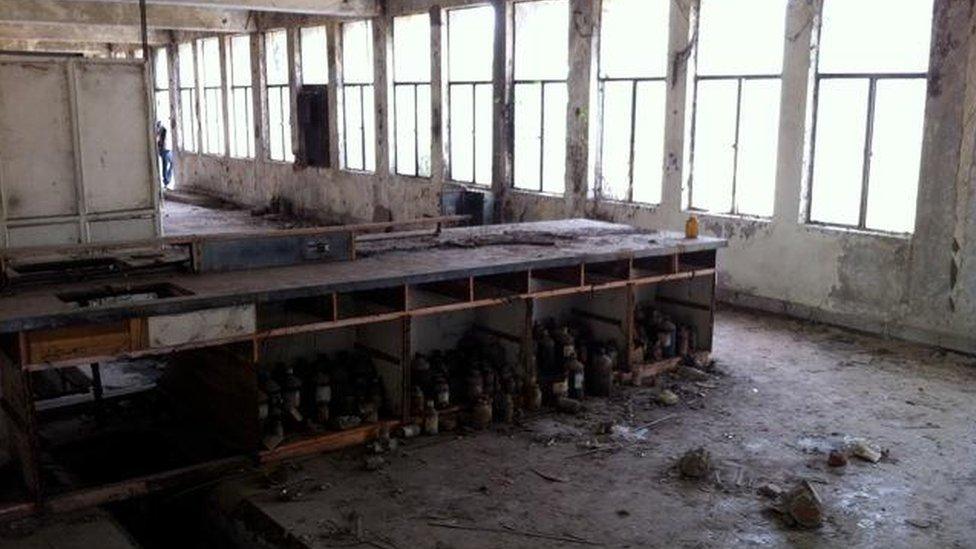
At least 3,000 people are thought to have died in the first 24 hours - and thousands more from the after-affects, making it the world's worst industrial disaster.
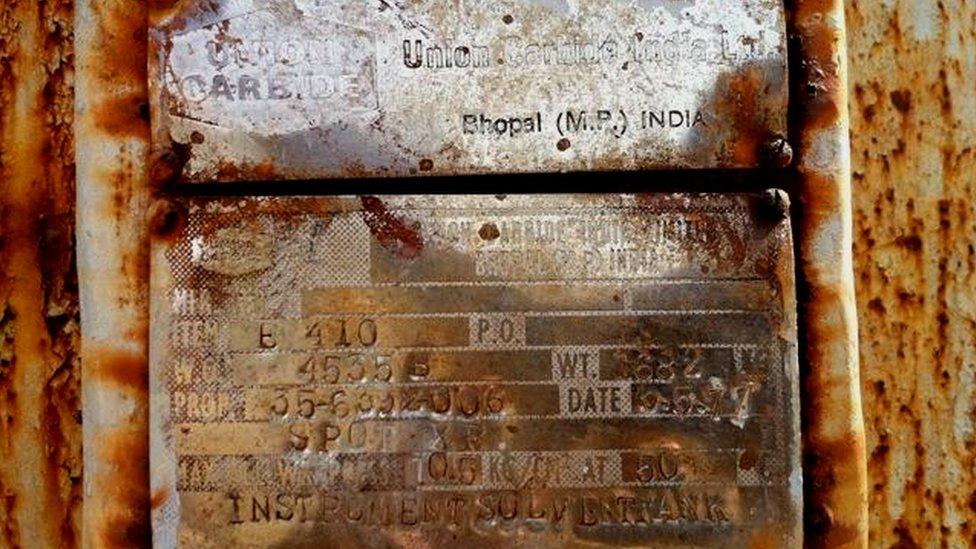
Bought by the US giant Dow Chemicals later, the plant has been in the news a lot recently after Dow decided to sponsor the forthcoming London Olympics.
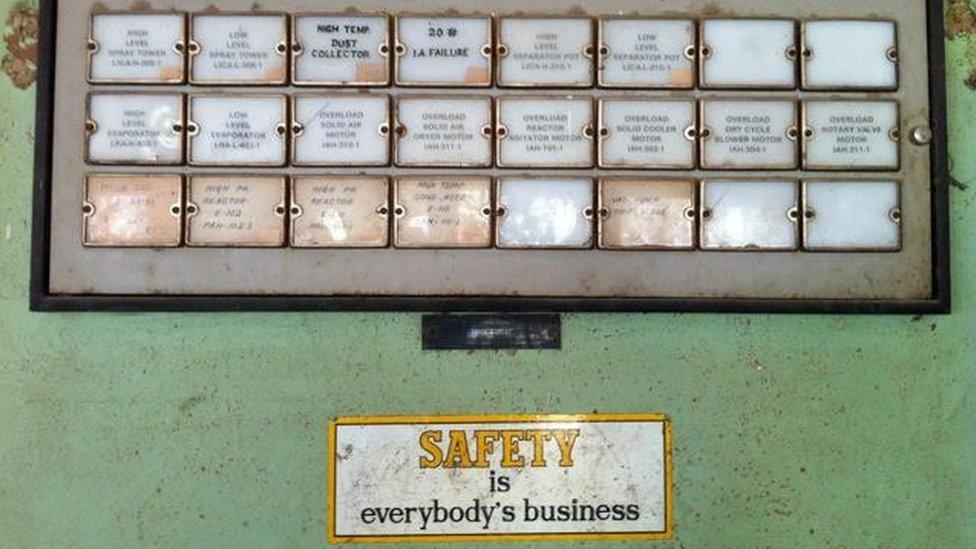
The pesticide plant, that leaked tonnes of lethal chemicals over Bhopal on the night of 2 December 1984, now lies abandoned.
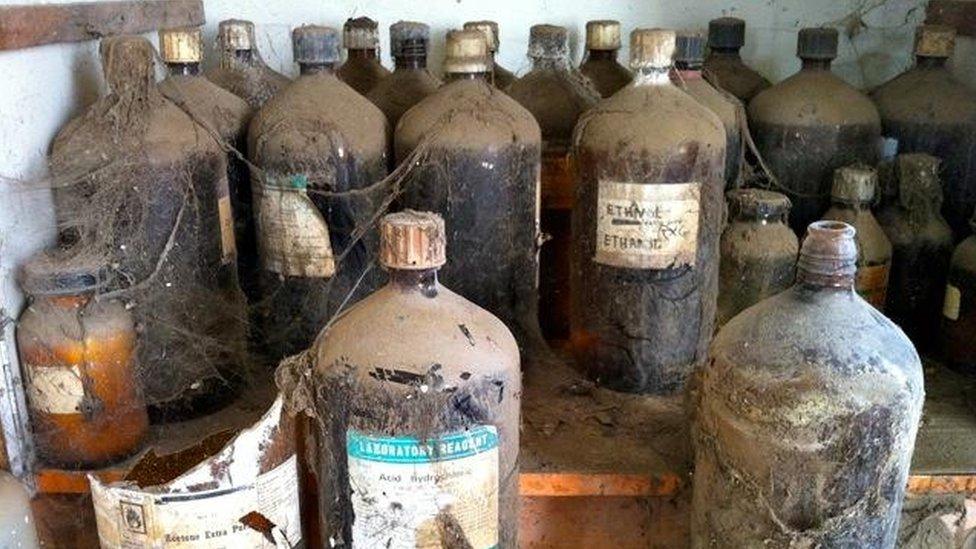
But, large quantities of toxic chemicals remain in storage vessels.
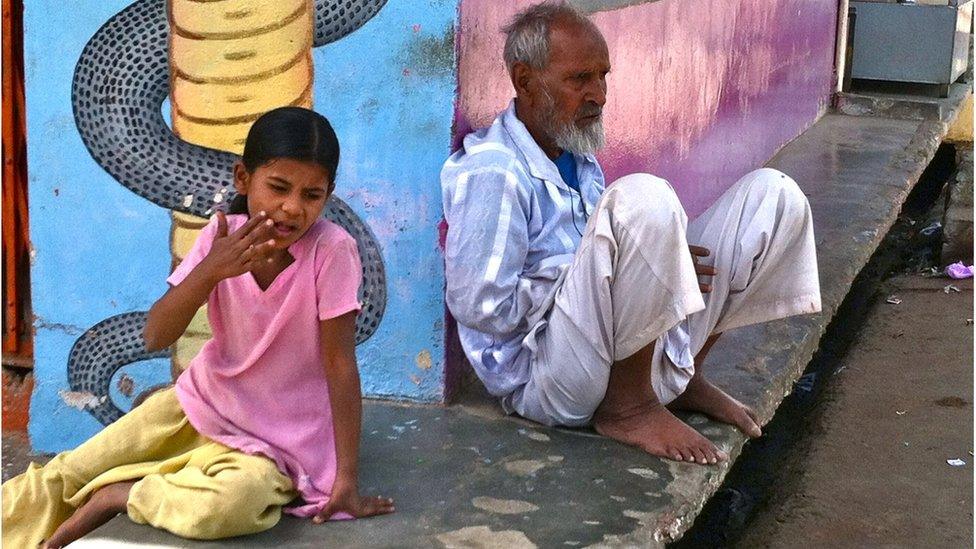
The slums next to the plant, where thousands died from the gas leak, remain unchanged.
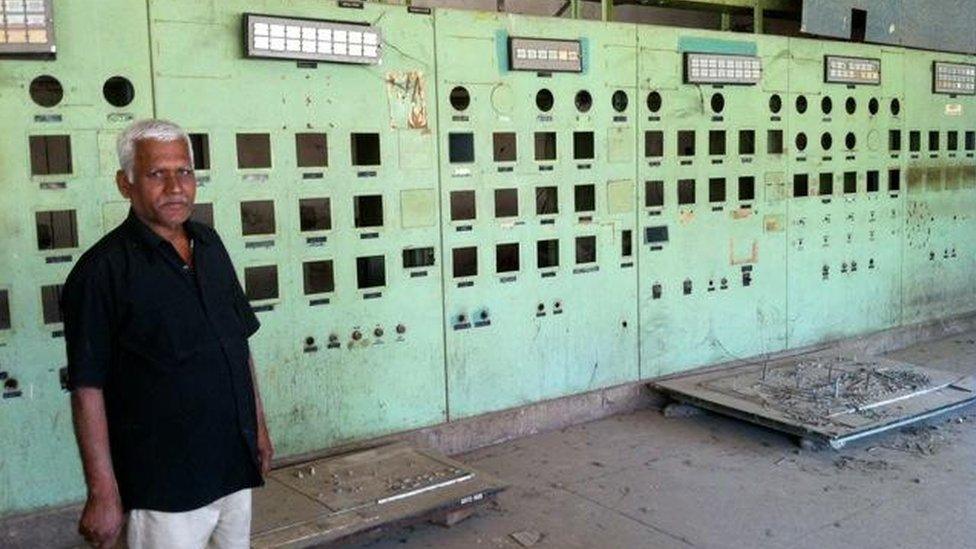
Dow Chemical says it has no liability to clean up the site as it bought the plant many years after the disaster.
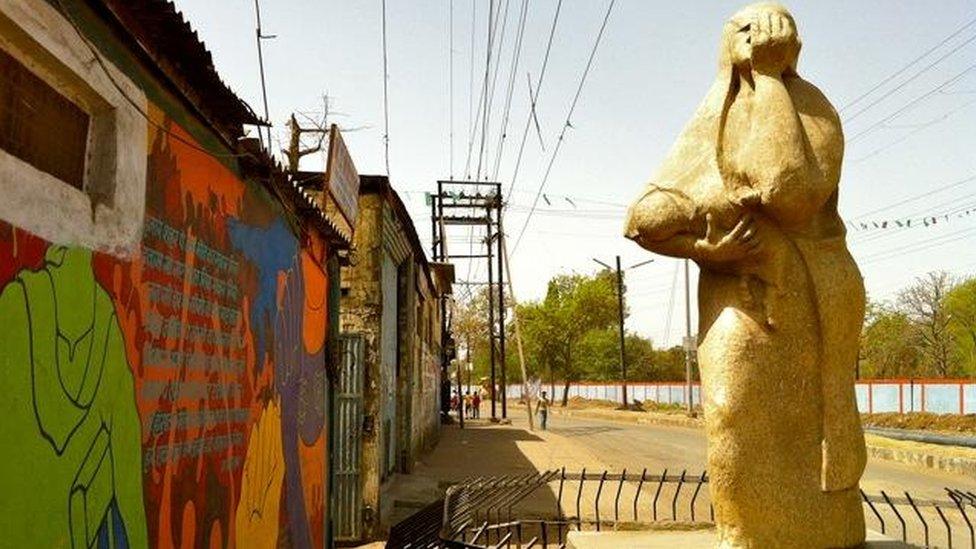
But campaigners say that by buying Union Carbide, Dow is liable to pay more compensation and clean up the site. They say they will keep up the pressure on the Indian government to boycott the Olympics.

Life goes on in the neighbourhood next to the abandoned factory. Scientists and campaigners believe some of these chemicals continue to leak into the soil and ground water - causing continuing health problems.